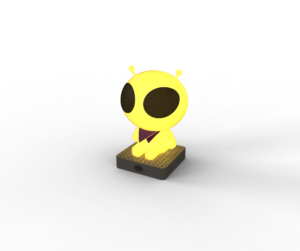Acoustic Control Light

After the 20V AC passes through the bulb H and rectifies the full bridge, it becomes a DC ripple voltage, which is applied as a forward bias to the thyristor VS and R branches. During the daytime, when the brightness is greater than a certain degree, the photodiode D exhibits a low resistance state ≤ 1KΩ, causing the triode V to terminate, and its emitter has no current output, and the unidirectional thyristor VS is interrupted due to no trigger current. At this time, the current flowing through the bulb H is ≤ 2.2 mA, and the bulb H cannot emit light. Resistor R1 and Zener diode, DW makes the voltage of the triode V not more than 6.8V, which protects the triode. At night, when the brightness is less than a certain degree, the photodiode D exhibits a high-resistance state ≥100KΩ, so that the triode V is forward-conducting, and the RP having an emitter of about 0.8V is a switch selection element that realizes switching switching in the morning or evening. It consists of an audio amplifier, a frequency selection circuit, an alternate turn-on circuit and a thyristor circuit. It provides a voice control lamp with fast operation, flexibility, strong anti-interference ability and sensitive control. It uses the control signal “”“si” sound of the human mouth for about 1 second, which can easily and timely turn on and off the voice-activated lighting device. The automatic delay off function with false triggering and manual switch makes it more convenient to apply.
